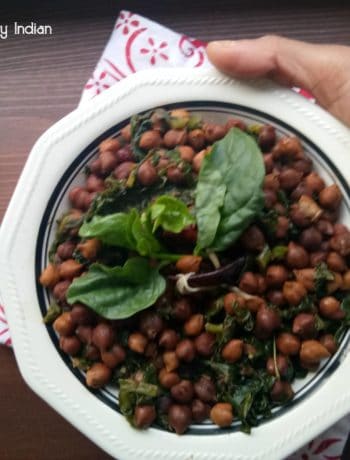It was another average day. I was having my afternoon tea at the table and thought to myself “I could sure go for some of my mum’s chocolate cake right now… the gluten-free one with the walnuts!” It seemed that my stomach agreed”. Speaking of which, what is gluten-free anyway? I know some of my friends are gluten-free, but what does that even mean?” I pondered. There are so many products in the market that are Gluten-free, but why?
Today let’s do a bit of research to understanding gluten and learn to get our own gluten in a few simple steps.
Understanding Gluten?
Gluten is a family of proteins that can be found in grains such as wheat, barley, and rye. Two proteins – a glutenin protein, a Gliadin protein form a nat like structure when swollen with water. This helps the dough to be pliable. It also traps the carbon dioxide produced by yeast or sourdough making the characteristic holes in the bread (Source)Gluten is present in the grain to help the wheat sprout and form new plants that can grow out of it. Gluten is considered valuable to good dough making to make bread and pasta.
Why is Gluten a problem?
Gluten is tolerable to many people but some can have health conditions that make them gluten intolerant or gluten sensitive. Being gluten sensitive or intolerant is similar to being allergic to it. The body recognises gluten as an enemy and attacks it. This means it is safer for them to be on a gluten-free diet to prevent a reaction. ( Source)
How to extract Gluten from whole wheat flour?
- Place 1 cup of whole wheat flour into a large bowl.
- Add water bit by bit and mix it into the flour. Knead into a soft dough.
- Roll up the dough into a ball, cover and leave to develop for 10 mins.
- Flood bowl with water and cover. Leave for 10-20 mins.
- Gently massage the dough to release the starch into the water.
- Use a sieve and collect the elastic bit that forms.
- Wash this bit thoroughly rubbing it against the sieve. Don’t worry it won’t disappear.
- Change the water and wash the elastic mass thoroughly. This is the infamous Gluten!!
- Making dough with whole wheat flour.
- Dough after resting.
- Flooding the dough.
- Washing the dough.
- Washing the Gluten in clean water.
- Extracted Gluten
The rubbery mound left behind is the gluten from the whole wheat flour! How weird is that?
Did you know, this extracted gluten is the vegan mock protein – Seitan? Don’t discard it, here is a simple, delicious way of turning that into a roast -Pan roasted Seitan.
I hope you enjoyed this experiment as much as I did. Follow me on Instagram at coolbrain5 to check out more cool experiments and activities.











Wow, this was really informative about gluten. Thanks!
Thanks Danni, I am glad you have the info now!!
Thanks for such an informative post about gluten! I didn’t realise how easy it was to extract it but will definitely try it!
Now that you know the trick I am sure you will give it a go Jeanette, it is fun and safe.
Love making things with seitan. I usually buy vital wheat gluten and prepare my own creations like vegan steaks and deli slices, but I am interested in creating my own gluten in case I can’t source VWG. Thanks!
Please do save the post, if you like seitan, you can use this to infuse the flavours that you like into them creating variations.
Interesting information about gluten. I had the basic idea that gluten is in wheat but this really breaks things down in more detail.
I am glad we broke it down with the sciency bit here David.
I had NO idea you could do this! How interesting – definitely going to give this a try next time I bake.
Hi Gina, it is an easy trick, but there is none to bake in this recipe unless you are going to bake the seitan that you extract. For this recipe you just need flour and to wash it well.